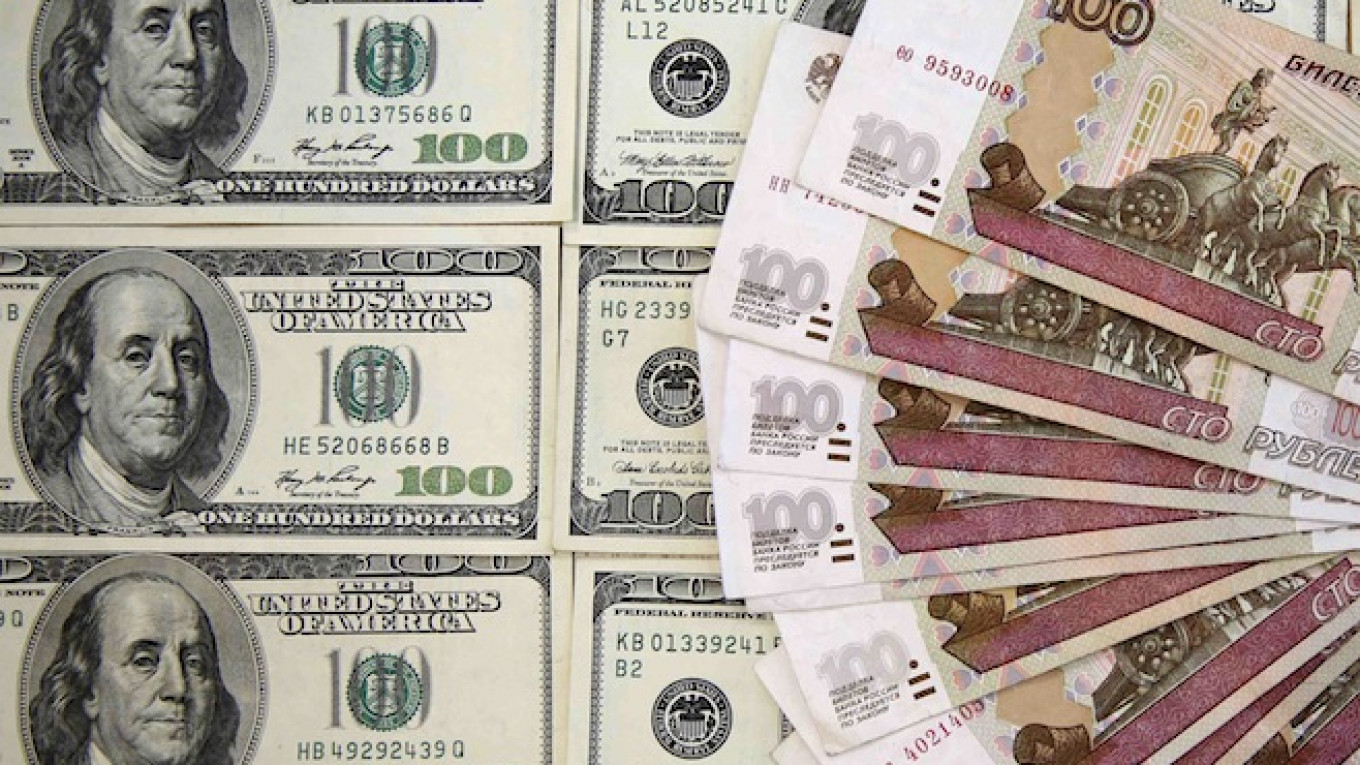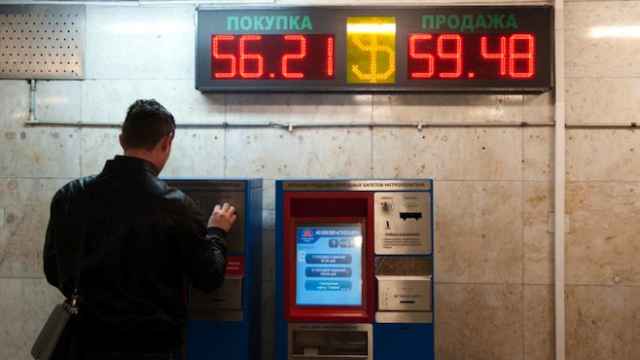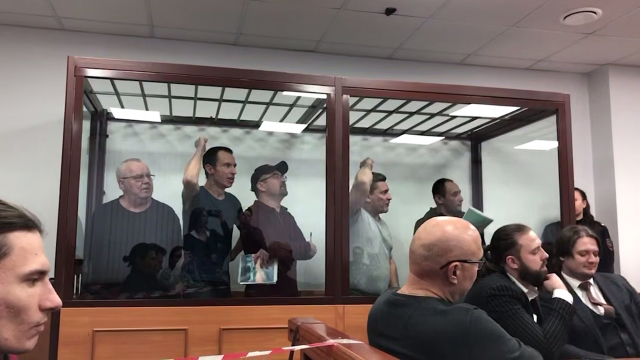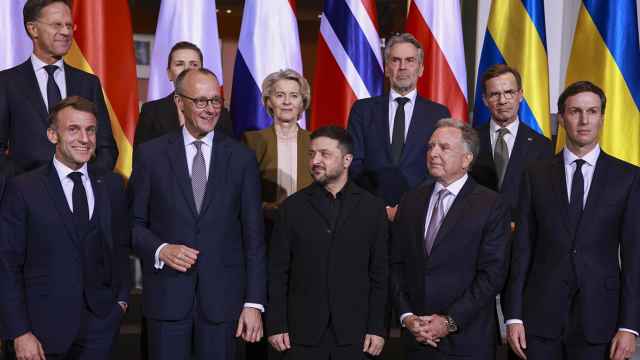Russian dollar bonds rallied sharply on Wednesday, sharing in the ruble's run to three-month highs and riding a wave of local banks' demand for hard currency paper.
A cease-fire between Ukraine and pro-Russian separatists has more or less held and oil prices have steadied, allowing Russian assets to outperform emerging peers recently.
While the ruble hit its highest since December, dollar bonds rose 1.2 cents to 4 cents across the curve, with the 2030 issue hitting seven-month highs.
The 2043 bond rose 4 cents to the highest since January and is already up 10 cents this week, while credit default swaps are set to break below 400 bps for the first time since December.
Russian spreads over Treasuries — a measure of the risk premium — narrowed 32 bps to 410 bps while the broader index tightened three bps.
"Russian fundamentals have not changed but there's strong technical support, with local (Russian) banks buying discounted bonds," said Regis Chatellier, credit strategist at Societe Generale. "For them it's like buying dollars at a cheap price."
The 2030 issue is trading at 110 cents, versus record lows around 96 cents hit in December when oil prices were around $10 a barrel lower, Western sanctions were fresh and the ruble was close to 80 per dollar.
"Spreads were so wide, close to Nigeria levels, people started scratching their heads and thinking the risks were priced in," Chatellier said.
On corporate debt, bonds from oil companies Rosneft and Sibneft maturing 2022 rose 2 cents to the highest since early December.
"Given where the sovereign is trading, I think names such as Novatek, Gazprom and Rosneft will be the next wave," said Renaissance Capital trader Yury Nefedov.
Ruble bonds were less scintillating, with 10-year yields at 12.3 percent and 2023 bonds sold at auction at 12.37 percent .
But David Hauner, head of EEMEA debt and strategy at Bank of America/Merrill Lynch, expects the baton to pass to ruble debt, with big interest rate cuts potentially ahead. Barring new geopolitical flare-ups, he reckons 10-year yields will fall to 10 percent by end-year.
"Real wages are falling, the banking sector will have to massively deleverage ... All the monetary aggregates are telling you this economy is sliding toward deflation but [yields] are 13.4 percent," Hauner said.
In 2010 Hauner advised clients to buy Hungarian forint debt. Ten-year yields there fell from near double-digit levels in 2010 to 2.8 percent, he notes, predicting a similar bull run in Russia
A Message from The Moscow Times:
Dear readers,
We are facing unprecedented challenges. Russia's Prosecutor General's Office has designated The Moscow Times as an "undesirable" organization, criminalizing our work and putting our staff at risk of prosecution. This follows our earlier unjust labeling as a "foreign agent."
These actions are direct attempts to silence independent journalism in Russia. The authorities claim our work "discredits the decisions of the Russian leadership." We see things differently: we strive to provide accurate, unbiased reporting on Russia.
We, the journalists of The Moscow Times, refuse to be silenced. But to continue our work, we need your help.
Your support, no matter how small, makes a world of difference. If you can, please support us monthly starting from just $2. It's quick to set up, and every contribution makes a significant impact.
By supporting The Moscow Times, you're defending open, independent journalism in the face of repression. Thank you for standing with us.
Remind me later.






